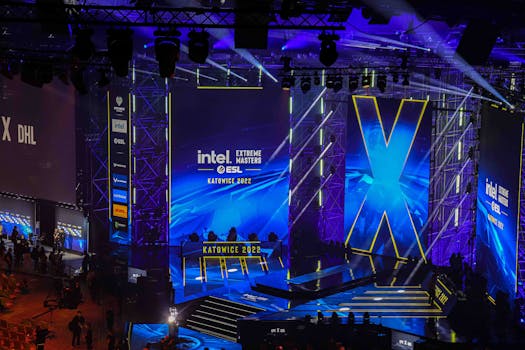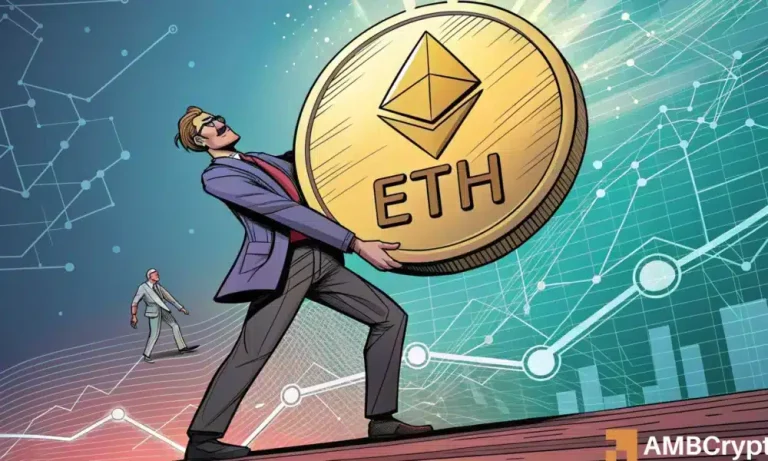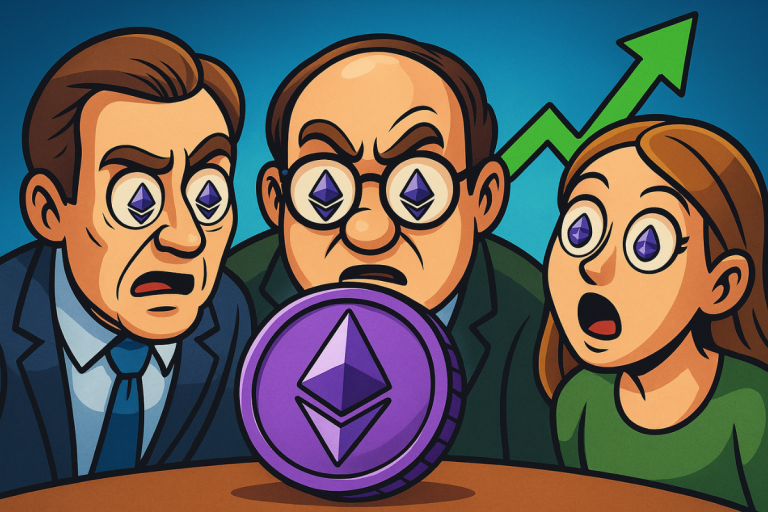
The Rise of Esports and Competitive Gaming: Exploring the Future of the Industry
Introduction to Esports and Competitive Gaming

Esports and competitive gaming have become a significant part of the gaming industry, with millions of players and spectators worldwide. The term esports refers to organized, competitive video gaming, where players or teams compete against each other in various games. The industry has experienced rapid growth over the past decade, with the global esports market valued at over $1 billion in 2020. Esports and competitive gaming have become a major part of the gaming industry, with many games now having a competitive scene.
The rise of esports and competitive gaming can be attributed to several factors, including the growth of online gaming communities, the development of new gaming technologies, and the increasing popularity of gaming as a form of entertainment. The industry has also seen significant investment from major brands, with many companies sponsoring esports teams and events.
The History of Esports and Competitive Gaming

The concept of competitive gaming dates back to the 1970s, when the first videogame tournament was held at Stanford University. However, it wasn’t until the 1990s that competitive gaming began to gain popularity, with the rise of games such as Street Fighter II and Super Smash Bros.
The early 2000s saw the emergence of online gaming communities, with the launch of platforms such as Xbox Live and Steam. These platforms allowed players to connect with each other and compete in online tournaments, further fueling the growth of the esports industry.
In recent years, the industry has seen significant growth, with the launch of new games such as League of Legends, Dota 2, and Fortnite. These games have become incredibly popular, with millions of players worldwide, and have helped to establish esports as a major part of the gaming industry.
The Future of Esports and Competitive Gaming

The future of esports and competitive gaming looks bright, with the industry expected to continue growing in the coming years. The global esports market is projected to reach $1.5 billion by 2023, with the number of esports players and spectators expected to increase significantly.
The industry is also expected to see significant investment from major brands, with many companies already sponsoring esports teams and events. The growth of new technologies, such as artificial intelligence and virtual reality, is also expected to have a major impact on the industry, with the potential to create new and innovative forms of competitive gaming.
In addition, the industry is expected to see increased recognition from mainstream sports organizations, with many traditional sports teams and leagues already investing in esports. The NBA, for example, has launched its own esports league, the NBA 2K League, which features teams competing in the popular NBA 2K series.
Conclusion

In conclusion, the rise of esports and competitive gaming has been a significant trend in the gaming industry, with millions of players and spectators worldwide. The industry has experienced rapid growth over the past decade, and is expected to continue growing in the coming years. With significant investment from major brands, the growth of new technologies, and increased recognition from mainstream sports organizations, the future of esports and competitive gaming looks bright.



